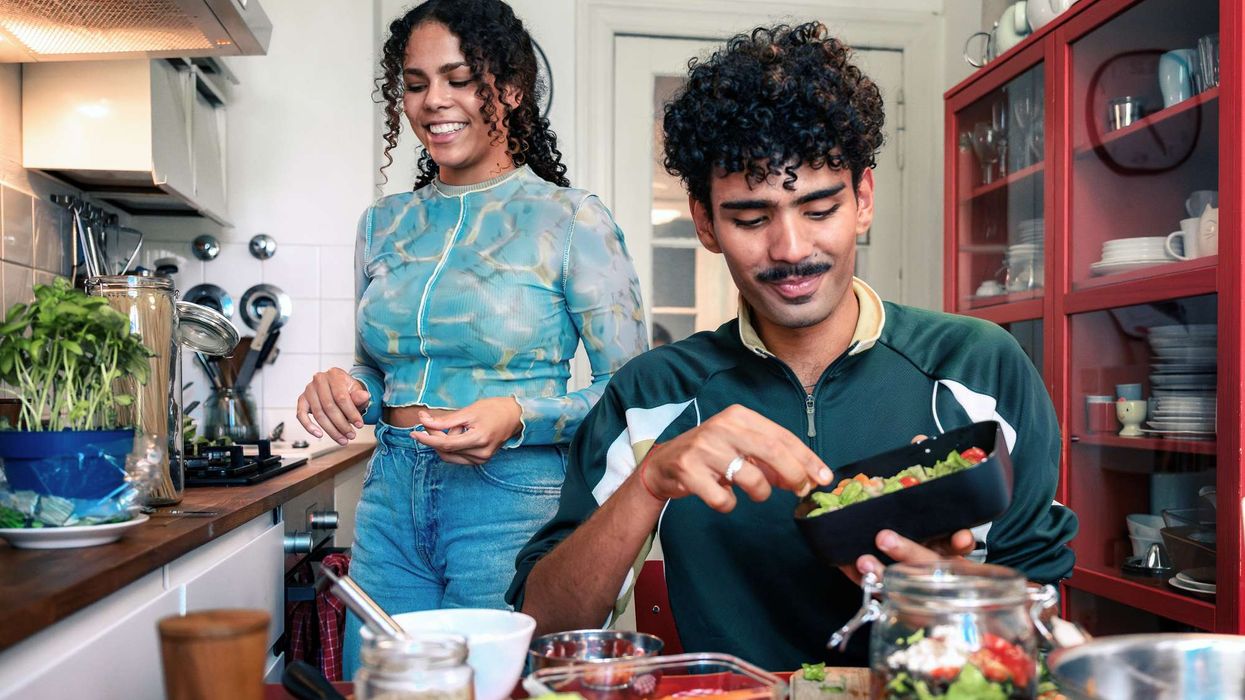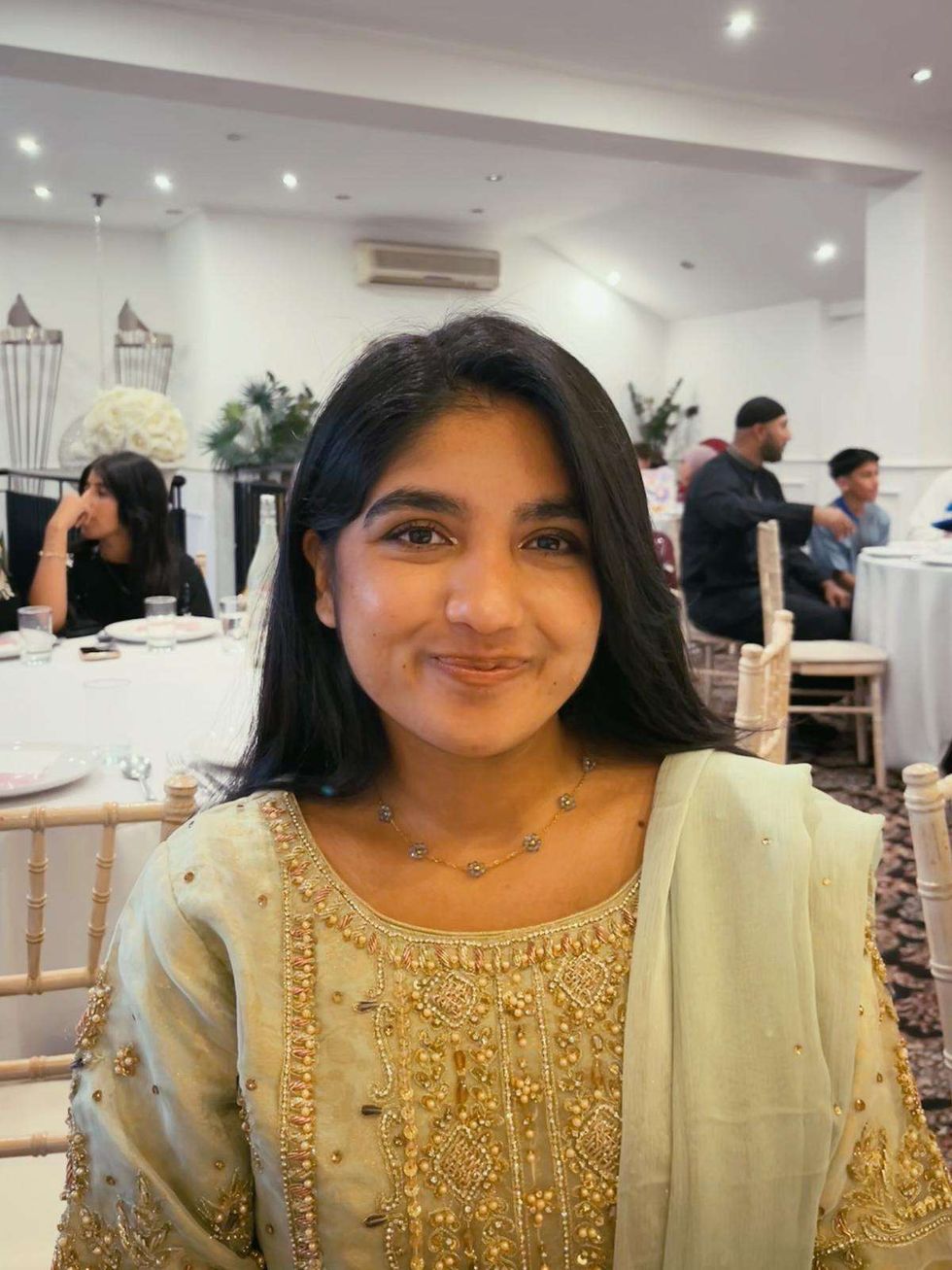by LAUREN CODLING
FAR-RIGHT groups are attempting to “increase tensions” by spreading “dangerous” conspiracy theories about Muslims during the Covid-19 crisis, experts have warned.
Some prominent far-right figures such as Katie Hopkins and Tommy Robinson have been accused of spreading conspiracy theories online, claiming that Muslims are not adhering to lockdown measures during Ramadan.
In March, Robinson shared a video on social media of worshippers allegedly leaving a mosque in Birmingham during lockdown. The clip, which got more than 14,000 views online, was later dismissed by West Midlands police.
Former UKIP leader Gerard Batten, in a viral social media post in March, also suggested that mosques would remain open as the government would be “too afraid” to close them.
Harun Khan, secretary-general of the Muslim Council of Britain (MCB), said it was vital that authorities worked to dismiss inaccurate statements regarding the Muslim community.
“Muslims have been accused of flouting the rules and continuing to pray in mosques, despite the majority of mosques suspending all activities a week before the government’s recommendation and ahead of other faith communities,” Khan told Eastern Eye. “It is imperative that the government and media commentators recognise the efforts of all citizens and actively dismiss dangerous conspiracy theories that only seek to dismantle community cohesion.”
A recent report by the independent members of the Anti-Muslim Hatred Working Group (AMHWG) also warned that Islamophobic attacks could spike in light of the claims by extremists.
The analysis found that a number of Islamophobic fake news theories gained traction online. These included theories of mosques being responsible for the spread of the virus; Muslims not observing social distancing rules; and followers being super-spreaders of the infection.
Professor Imran Awan, co-author of the report, confirmed the analysis had found the pandemic had been used by far-right groups to push anti-Muslim rhetoric. “What we’ve found is stereotypes fuelled by conspiracy theories, memes and fake videos create the perfect climate for the demonisation of Muslims,” Professor Awan said.
Meanwhile, monitoring group Tell Mama has also confirmed it had recorded a number of incidents in March in which far-right groups reportedly tried to accuse the British Muslim community of
spreading coronavirus.
Author Shelina Janmohamed said that conspiracy theories spread online could potentially “increase tensions” between communities. “It is very important to say that there is no evidence that Muslims are gathering to celebrate Ramadan,” she told Eastern Eye. “I think Muslims are taking lockdown very seriously.”
Noting the efforts made by doctors and nurses on the front line, key transport and delivery workers, and volunteers during the crisis, Khan expressed concern that the theories “whitewashed” the work being done by Muslim communities in fighting the pandemic.
He added: “Ahead of Ramadan, we saw the mainstreaming of accusations of Muslims preparing to break the law, despite there being no evidence to suggest this, and even evidence to the contrary – a number of polls show that Muslims are more law-abiding than the general population.”
In response to the findings, communities minister Stephen Greenhalgh stressed the government had “zero tolerance” for the fake news seeking to blame the British Muslim community for the spread of the Covid-19 virus.
“Deliberately spreading false information in order to undermine our respect and tolerance for each other is disgraceful and goes against all we stand for,” Greenhalgh told Eastern Eye.





 Mareyah Bhatti , a sustainability strategist and passionate home cookMareyah Bhatti
Mareyah Bhatti , a sustainability strategist and passionate home cookMareyah Bhatti






